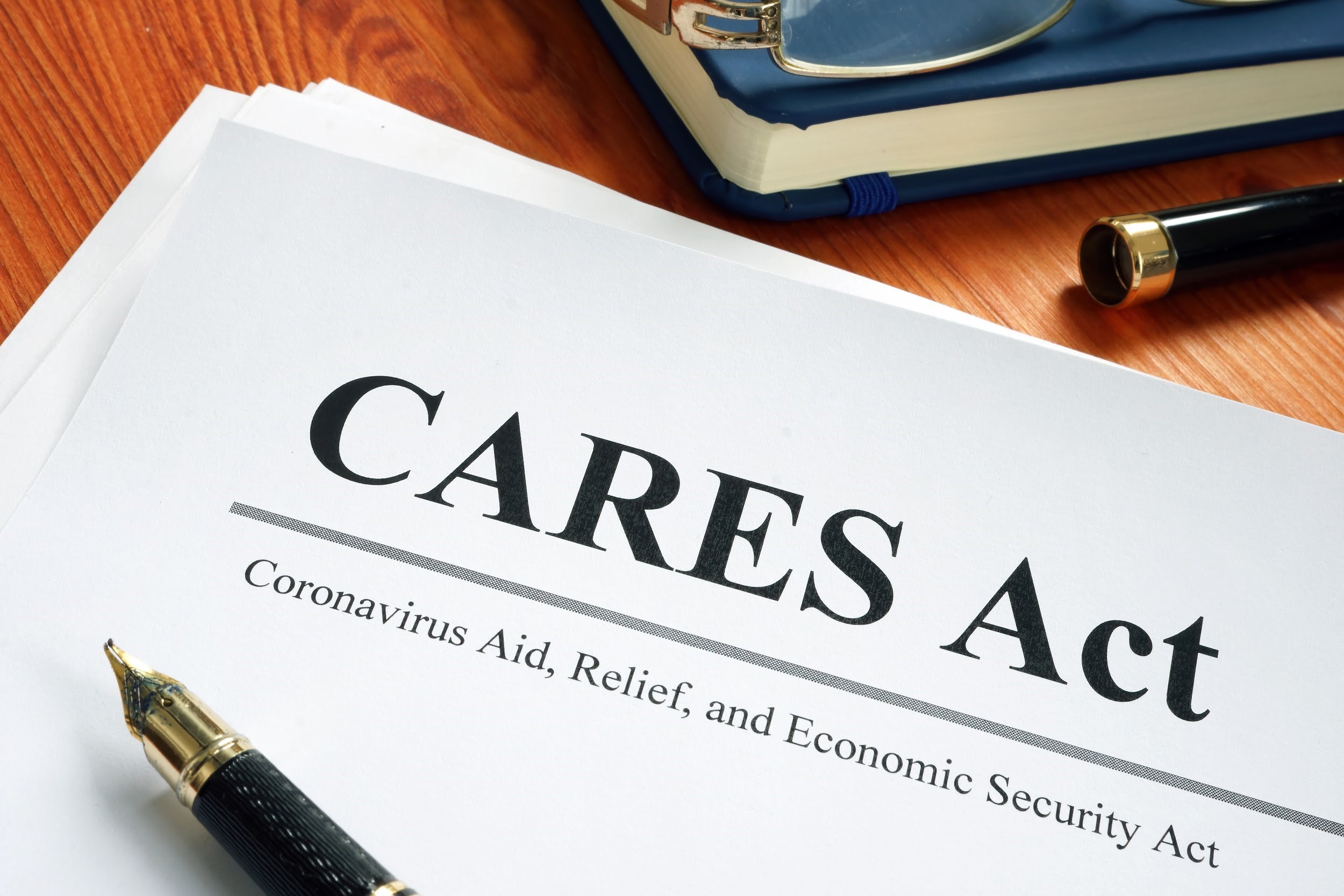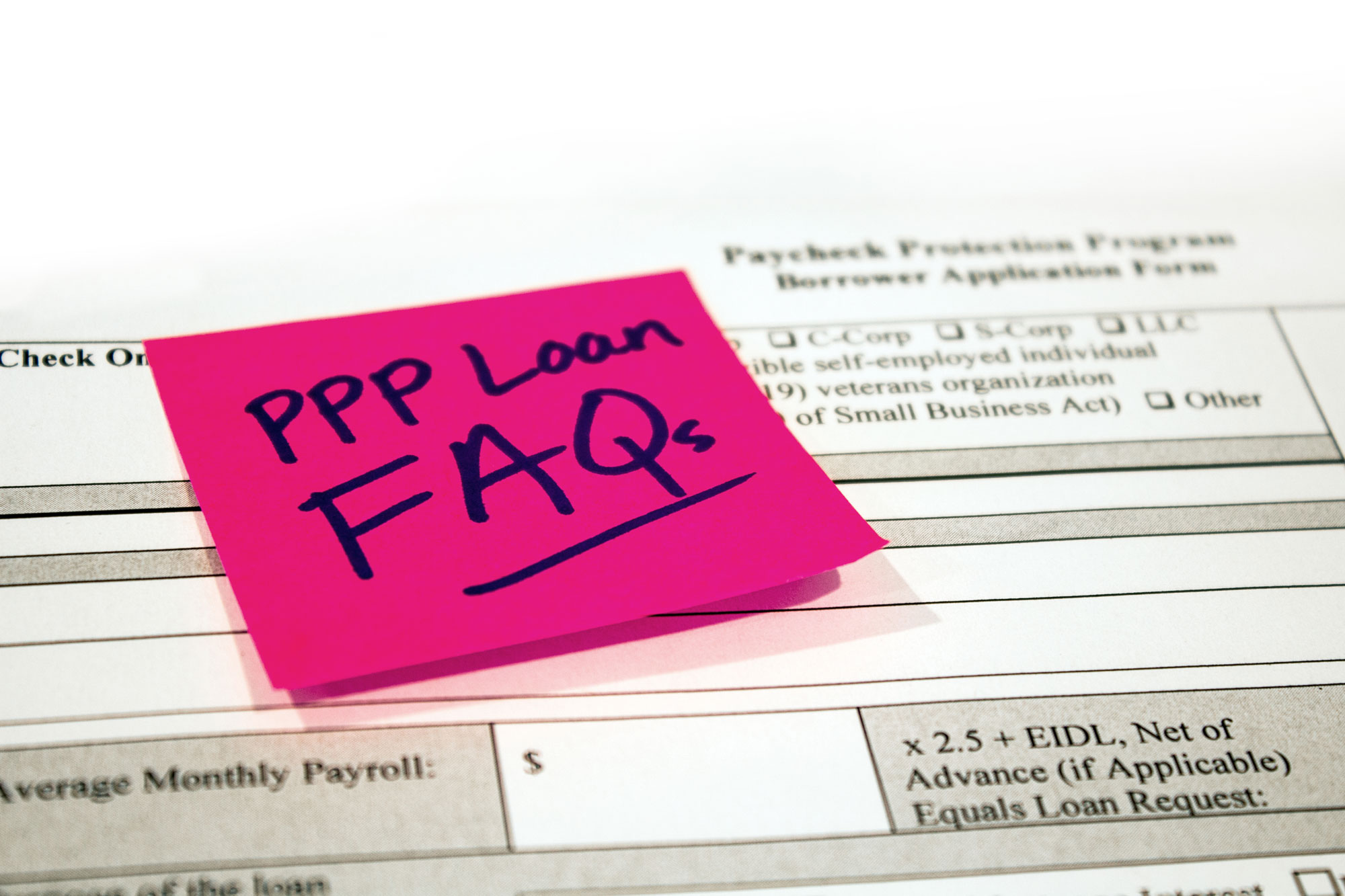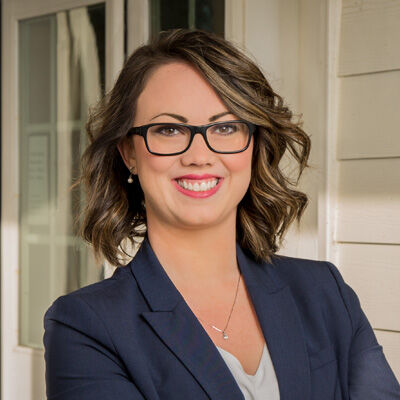
As I’m sure you have heard, the Coronavirus Aid, Relief and Economic Security (CARES) Act was enacted on March 27, 2020. This Act, meant to address the economic fallout of the 2020 coronavirus pandemic in the United States, allocates $2 trillion dollars to seven main groups: individuals, small businesses, big corporations, hospitals and public health, federal safety net, state and local governments, and education. This article discusses two programs created by the $377 billion dollars allocated to the Small Business Association to benefit small businesses facing economic uncertainty and/or emergency due to the coronavirus pandemic.
The Small Business Association (SBA) divided the CARES Act funds into three categories: emergency grants, forgivable loans, and relief for existing loans. Emergency grants can be obtained through the Economic Injury Disaster Loan Emergency Advance (the EIDL program). Forgivable loans can be obtained through the Paycheck Protection Program. SBA Express Bridge Loans enable small businesses who already have a business relationship with an SBA Express Lender to access up to $25,000 quickly. The SBA is also providing some financial reprieve to small businesses during the coronavirus pandemic. Below we cover the details of the EIDL program and the Paycheck Protection Program.
This program provides a loan of up to $2 million dollars to small businesses, including independent contractors and sole proprietors, with less than 500 employees that have suffered substantial economic injury as a result of a declared disaster (i.e. the coronavirus pandemic). The business must have been in operation prior to January 30, 2020. The use of the funds is limited to the following permitted uses:
- Payroll costs during business disruptions or substantial slow down.
- Providing paid sick leave to employees unable to work due to the direct effect of the coronavirus pandemic.
- Mortgage payments
- Rent
- Meeting increased costs to obtain materials unavailable form the applicants original source due to interrupted supply chains.
- Repaying obligations other than those listed above that cannot be met due to revenue losses.
The application deadline for the EIDL program is December 31, 2020, and the application can be found at https://covid19relief.sba.gov/#/. Applicants apply directly through the SBA.
There is an opportunity to obtain an advance of up to $10,000, which is received as a grant and is not required to be repaid even if the actual loan is subsequently denied. As long as the $10,000 is used for permitted uses, it should not need to be repaid. It is important to note that, if a business applies for and receives both the EIDL advance and a Paycheck Protection Program (PPP) loan, the $10,000 can roll into the PPP loan, and reduce the forgiven amount under the PPP loan.
Any amount over $10,000 that is loaned under the EIDL program will carry a maximum interest rate of 3.75% for up to 30 years, and payments will be deferred for one year after the loan originates, however interest will accrue during that time. The SBA is not requiring any collateral requirement for loans that are $25,000 and under, or any personal guarantee for loans under $200,000.
The application deadline for the EIDL program is December 31, 2020, and the application can be found at https://covid19relief.sba.gov/#/. Applicants apply directly through the SBA.
The PPP program is meant for small businesses, including independent contractors and sole proprietors, with less than 500 employees, who are experiencing uncertainty in the current economic conditions which makes the loan necessary to support the ongoing operations of the business. The business must have been in operation prior to February 15, 2020. The applicant will be required to make a good faith certification that the uncertainty of the current economic conditions make the loan necessary to support the ongoing operations of the business; that the funds will be sued to retain workers, maintain payroll, and make mortgage, lease, and/or utility payments; and that the business has not already received a loan under the PPP loan program.
The amount of the loan under this program is determined by calculating 2.5 times the average monthly payroll costs for employees for the prior 12 months, not including payments to independent contractors, capped at $10 million dollars. For example, if your payroll costs were $250,000.00 in 2019, then your loan amount would be $625,000.00. Payroll costs include salary/wages/commission or similar compensation, payment of cash tip or the equivalent, payment for the provisions of group health care benefits, payment for vacation/parental/family /medical/sick leave, severance pay, payment of state or local tax assessed on the compensation of employees, and retirement benefits; but, do not include payments to independent contractors.
The amount of the loan under this program is determined by calculating 2.5 times the average monthly payroll costs for employees for the prior 12 months, not including payments to independent contractors, capped at $10 million dollars.
Once you receive your loan amount, it is important to use the funds only for the permitted uses, which are as follows:

The wonderful part of the PPP program is that the loan is forgivable to the extent that the proceeds are used:
The amount eligible for forgiveness is reduced by any amount of a grant received under an EIDL loan, an amount proportionate to any reduction in the number of employees, and amount equal to any reduction in compensation in excess of 25%. So, it is important to remember that the point of this program is to retain your employees. If you have laid people off during this time or reduced salaries, you have until June 30, 2020 to make a correction (e.g. hire the employee back or raise their salary to at least what it was). The forgivable amount is also capped at a $100,000 salary per employee, any amount paid over that will not be forgivable.
It is very important to note the differences between what the PPP loans can be used for, what costs are included in the maximum loan calculation, and what costs are included in the loan forgiveness calculation – they are all different.
Any amount not forgiven will have a 2-year term at 1% interest, with principal and interest payments deferred for 6 months, however interest will accrue during that time. Another unique aspect of the PPP program is that there is no collateral or personal guarantee requirement for any amount. The application deadline for the PPP program is June 30, 2020, and businesses should apply through an SBA approved lender.
There are also other benefits, such as payroll tax credits and the deferral of payroll taxes, that should be considered prior to taking a PPP loan. You should work with your attorney, financial advisor, accountant, and loan officer to determine which route is best for you.
This article is meant to be for informational purposes only, and does not constitute legal advice or create an attorney-client relationship. If you have any questions you should contact us directly at (541) 272-5500 so that we can discuss your specific situation.




